Knud Rosenmayr JDPSN: Painting inside (Dharma Note)
In these days of the pandemic, there is a strong connection between us humans that can be felt. Of course, on one side we may notice it on a superficial level, but also deep down there is a close bond. We hear that the coronavirus doesn’t stay within any kind of borders. Politicians, family, and friends say, act and do things that have a palpable effect on every one of us. However, there is also a connection that is beyond our opposite thinking abilities. What is that? Let alone other sentient beings, humans have been living on this planet for many years. What have we learned? Why don’t we live together in peace?
Social creatures
Recently, I have watched the movie “Into the Wild”. The film is based on a true story of a young man who escaped humanity his whole life, to live alone in the wild. Before he died, he wrote something interesting in his notebook: “Happiness is only real when shared”. Don’t know if this really happened, but it doesn’t matter. Humans seem to be social creatures that have a strong urge to connect, relate and share.
However, when we meet, live together in our countries, cities, and homes, every so often it doesn’t work out. Why is that? The other day, I asked my six-year-old nephew to draw a picture of his family. He drew a tall house with many windows, the sky, the ground, his mother, his father, and himself. He drew himself a bit smaller than his parents. One window had a different shape than all the others. He explained that this is the window in the cellar. After he finished drawing, he showed the drawing to the whole family.
Painting on an inside canvas
Are we drawing our world the same way? Maybe a bit more sophisticated, but in general is it similar? It seems like we are painting on an inside canvas and taking the picture for reality. We paint a husband, a wife, a family, a vaccinated, an unvaccinated, a king, a queen and soon an entire kingdom appears. We paint some things bigger than others, give them roles, point out specific shapes, compare and judge them, making them good and bad, right and wrong, better and worse.
At some point, the drawing becomes our drawing, our pictures, and we hurt each other and ourselves, get angry, upset, or depressed. We are in love or hate and protect our picture. Through spending a lot of time together, we accumulate an enormous amount of shared history in our relationships. This may pile up like layers of colors, which can be felt like thick glass walls in between us. All those layers of past joy and hurts, pain and pleasure. We are usually so much closer to our picture than to anything else.
Relating to
How do we relate to this world? Not only with people, but with “world”. Is there a chance that we meet like it was for the first time? Whether it’s a tree in the garden, a politician on TV, a family member, or a friend. Our clever or ignorant thoughts may still come up, but can we see them and not necessarily follow their lead at that very moment? Maybe that is the last thing that we would like to do at that moment. It feels like our opposite thinking is in fear of dying out and wants to prevail under all circumstances.
On the cushion this is what we are doing during sitting: thoughts come up, we see them without judging, and we come back to our breathing, mantra, or hwadu (a short phrase or question that is used in meditation). At times, we call this coming back “practice” and we do it, over and over again. In retreats, sometimes people who start intensive practicing experience a fear of dying. They report a feeling of tightness, an urge to leave and a strong upcoming question “what am I doing here?”.
What is it, that feels that? Can this be seen like watching a painting? Every little detail of it, without suppressing or denying it nor being swept away? Noticing all the nuances without hindrance?
No hindrance
Speaking of no hindrance, once a nun asked Zen Master Song Sahn: “What does ‘no hindrance’ mean?” Song Sahn replied, “Why do you wear clothes?” At this, the nun stripped naked and walked to the door.
I remember when I first read this kong-an, a thought came up: “that’s a pretty cool nun”. I remember during a precepts’ ceremony, Zen Master Wu Bong once said, “I tell you two stories, one about keeping the precepts strongly and one about breaking them.” Then he added, “most people prefer the stories about breaking the precepts”. – Why is that? Do we admire that particular kind of no hindrance-energy?
What is Zen Master Song Sahn’s job here? If he doesn’t do anything, he is similar to that nun in the story, and that would have a big effect on the whole monastery. When we see this kind of pattern in our everyday life, what should we do? No hindrance doesn’t hold any kind of energy, no attachment to any kind of no hindrance. If we are attached to particular energy, we are in trouble and so is our society. We may like it or not, find it less exciting or colorful, but it’s very necessary to see that. How do we do that?
Infinite canvas
Can the canvas be as big so that the painting can include everything? The trees, the mountains, the CO2 emissions, our favorite drink, our hurts and fears and our opinions on politics and society. Can it be as big so that it will display everything, all sentient beings? If we find that canvas inside, that infinite canvas, then true peace and freedom are possible.
Right now, it’s already dark outside, the monitor is bright, illuminating the desk and the keyboard. There is a subtle humming coming from the ventilation. Breathing remains.
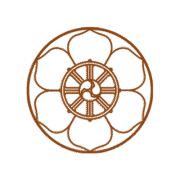
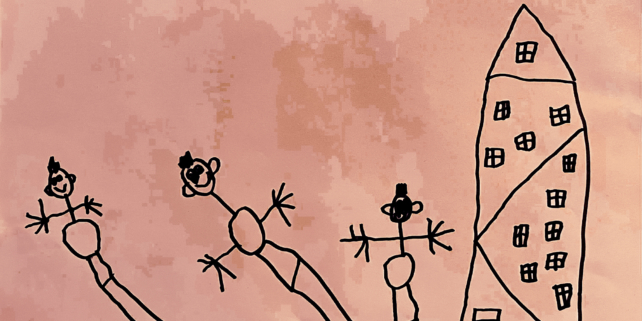 © Liam
© Liam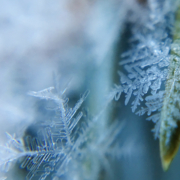


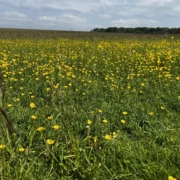
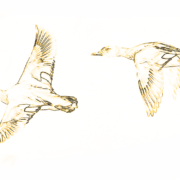 © czz für VZC
© czz für VZC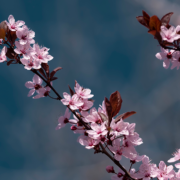 Zintzen 2022
Zintzen 2022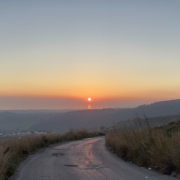
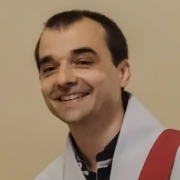
 © czz
© czz © Chris Zintzen
© Chris Zintzen